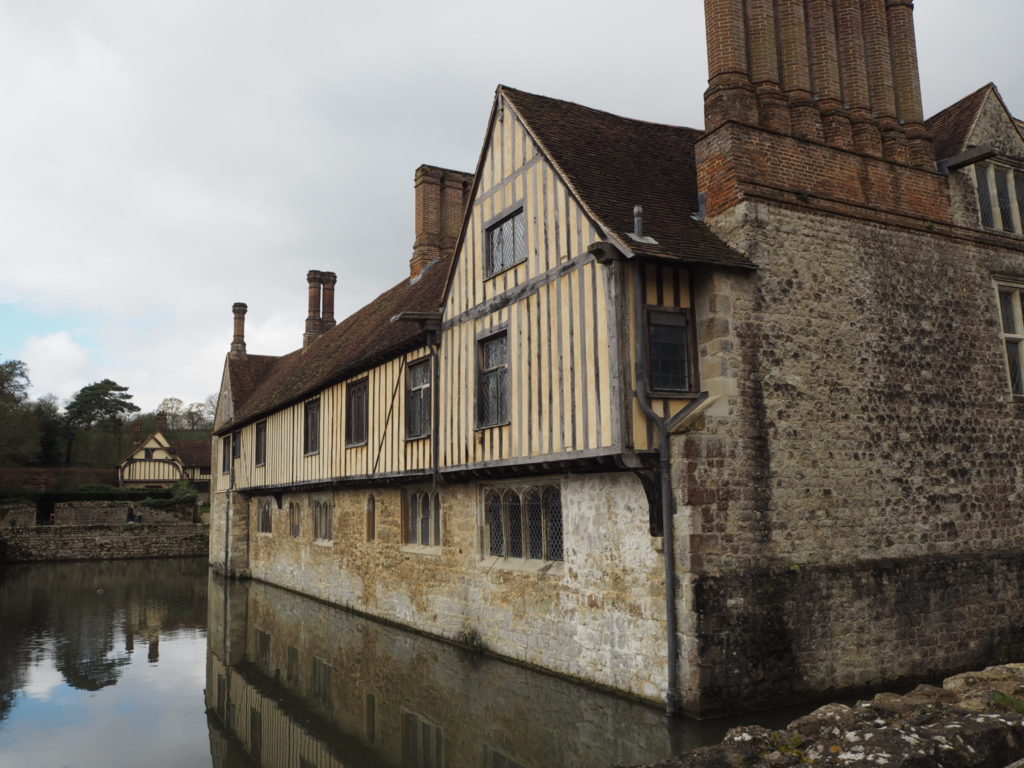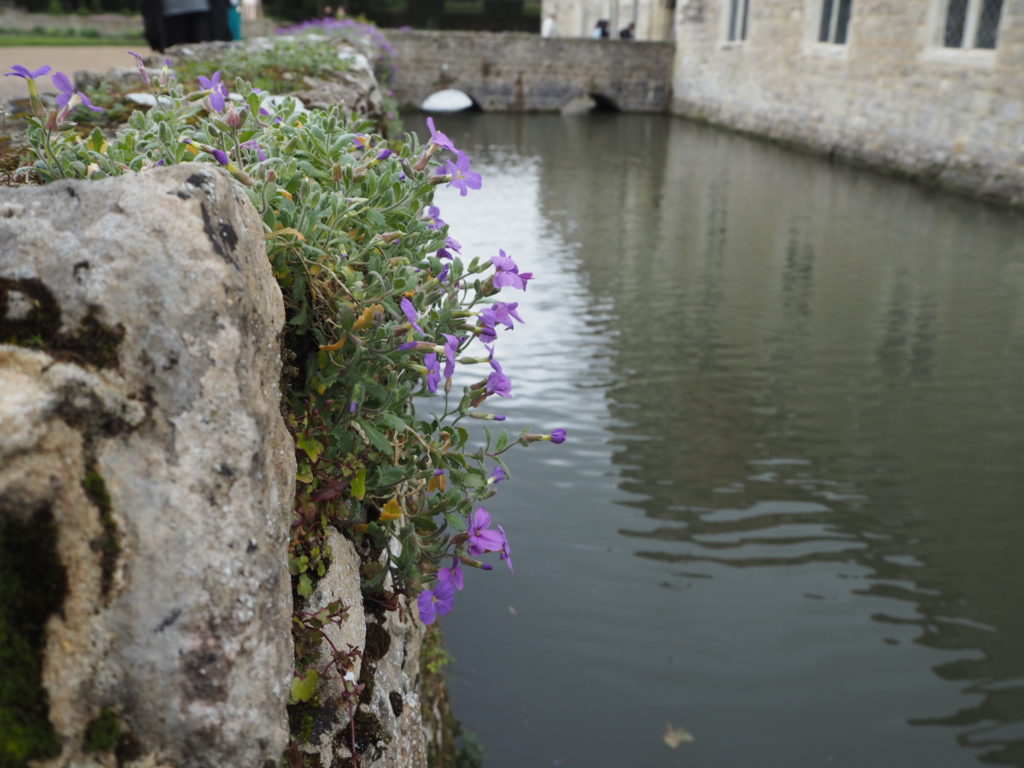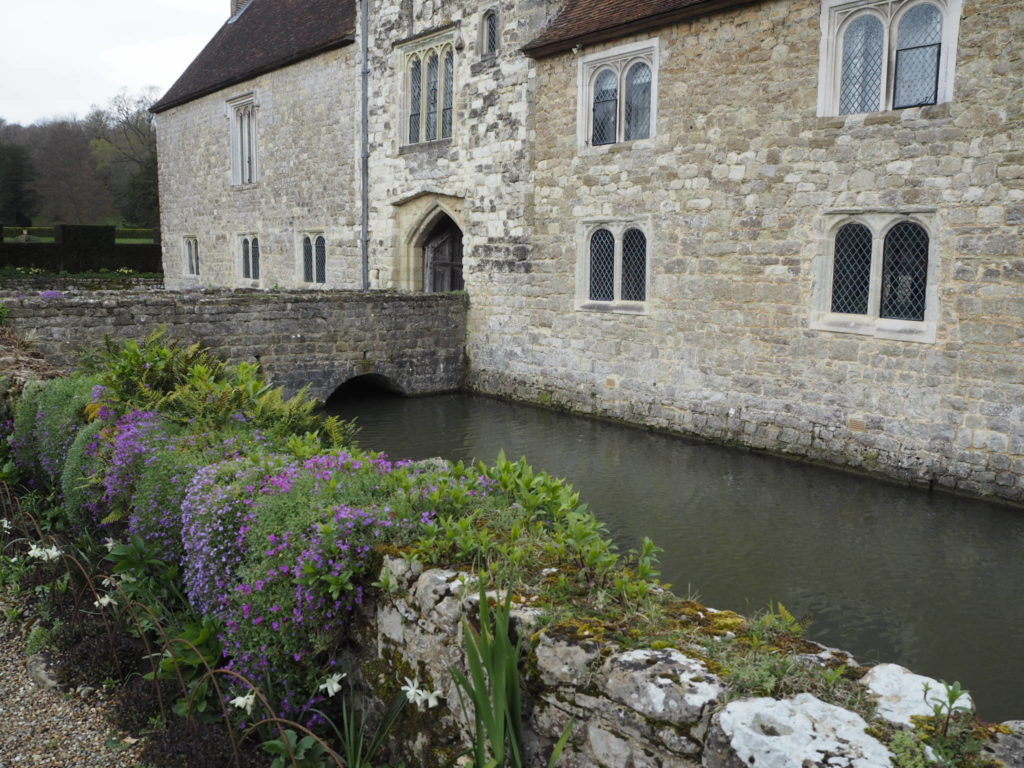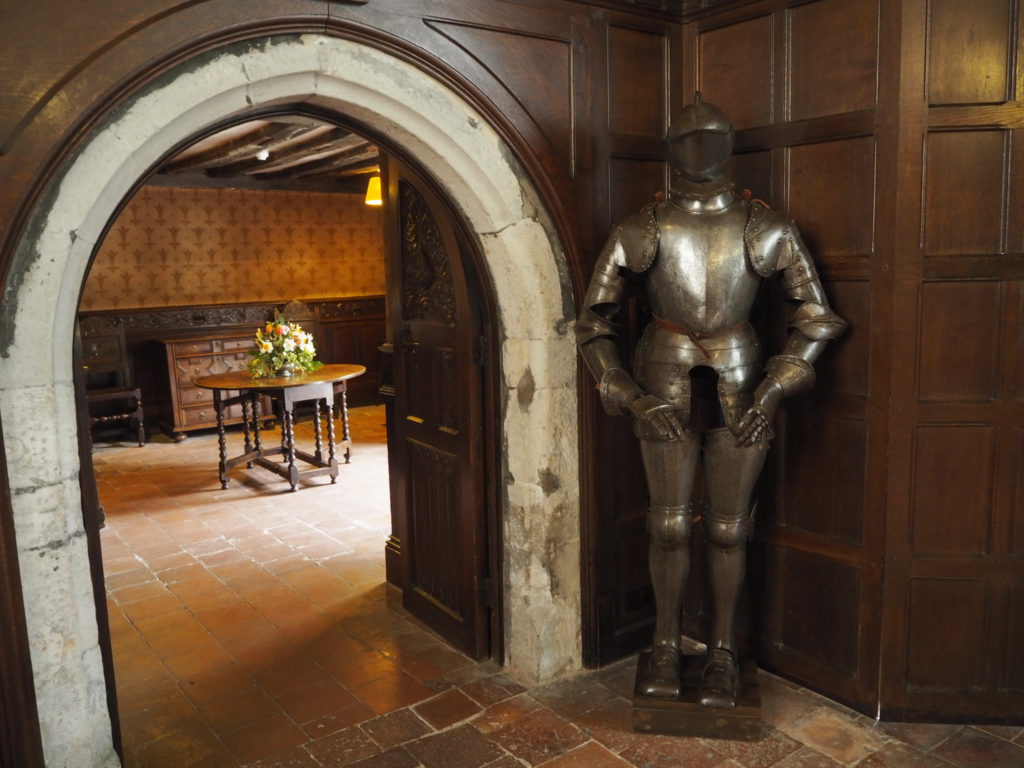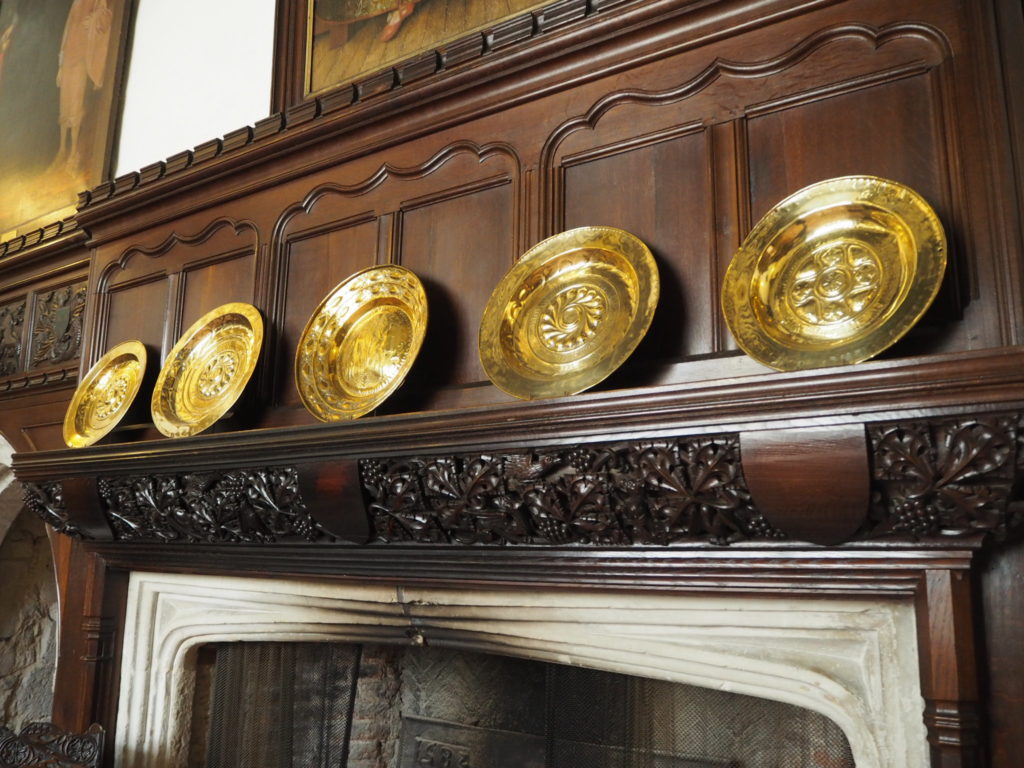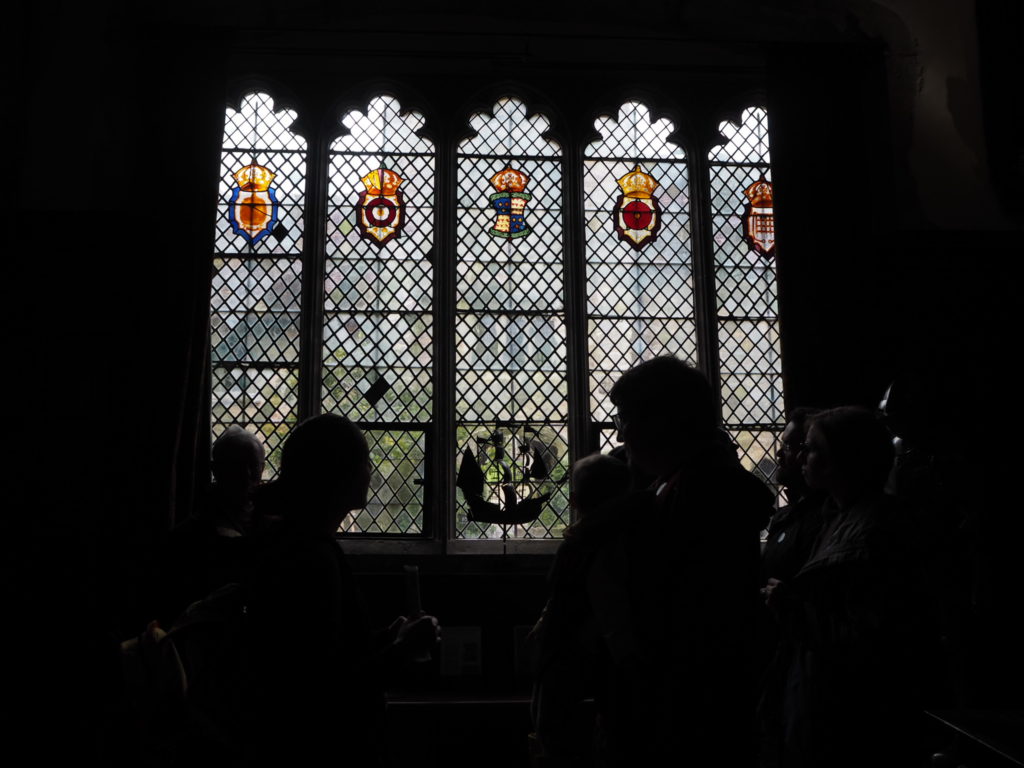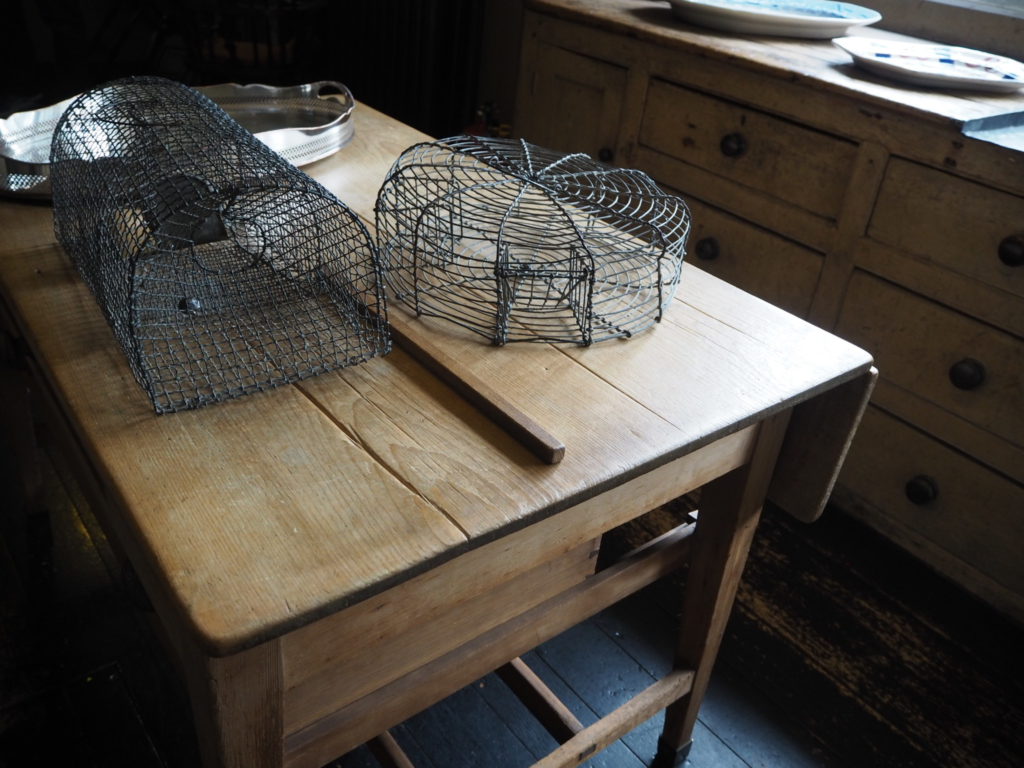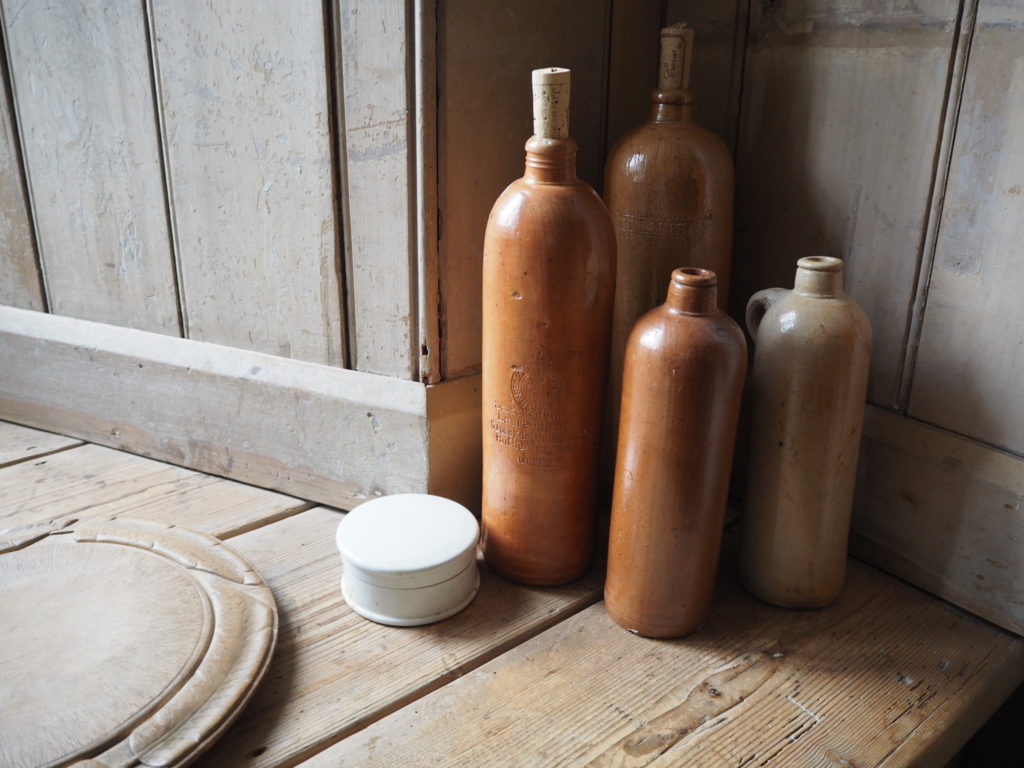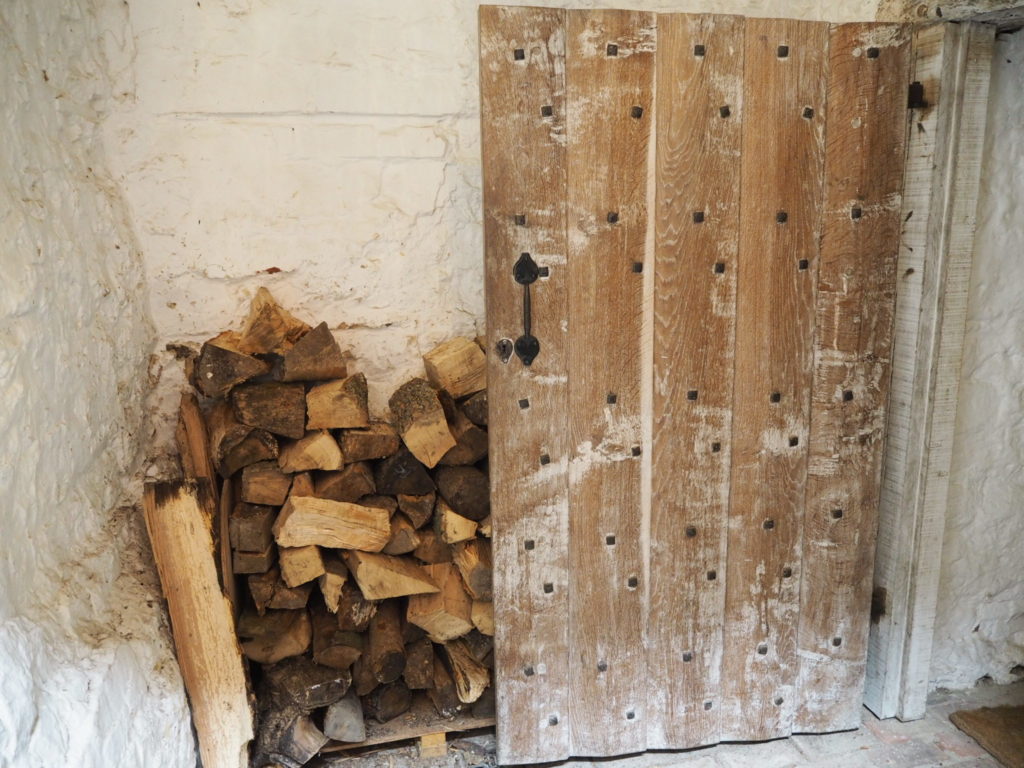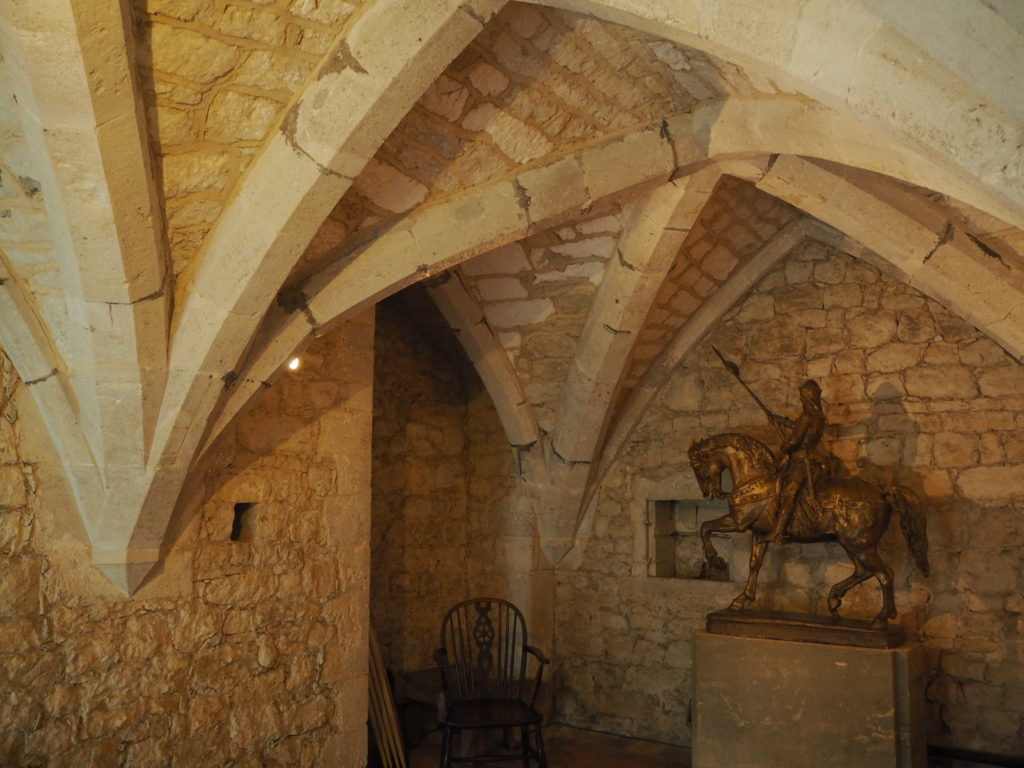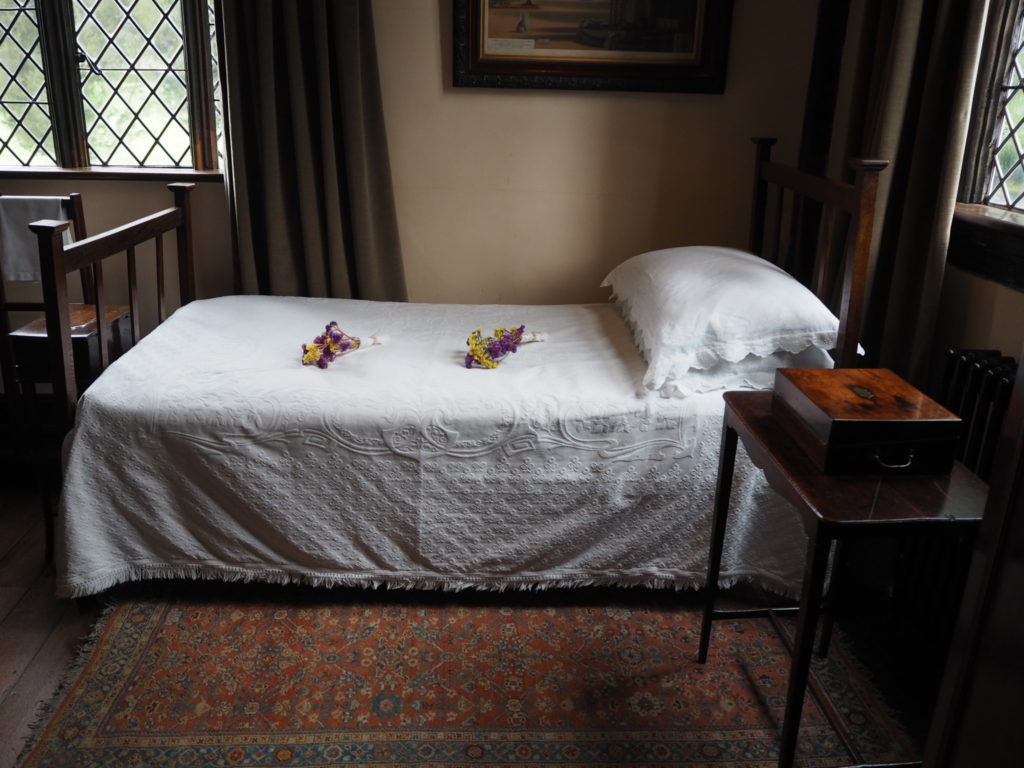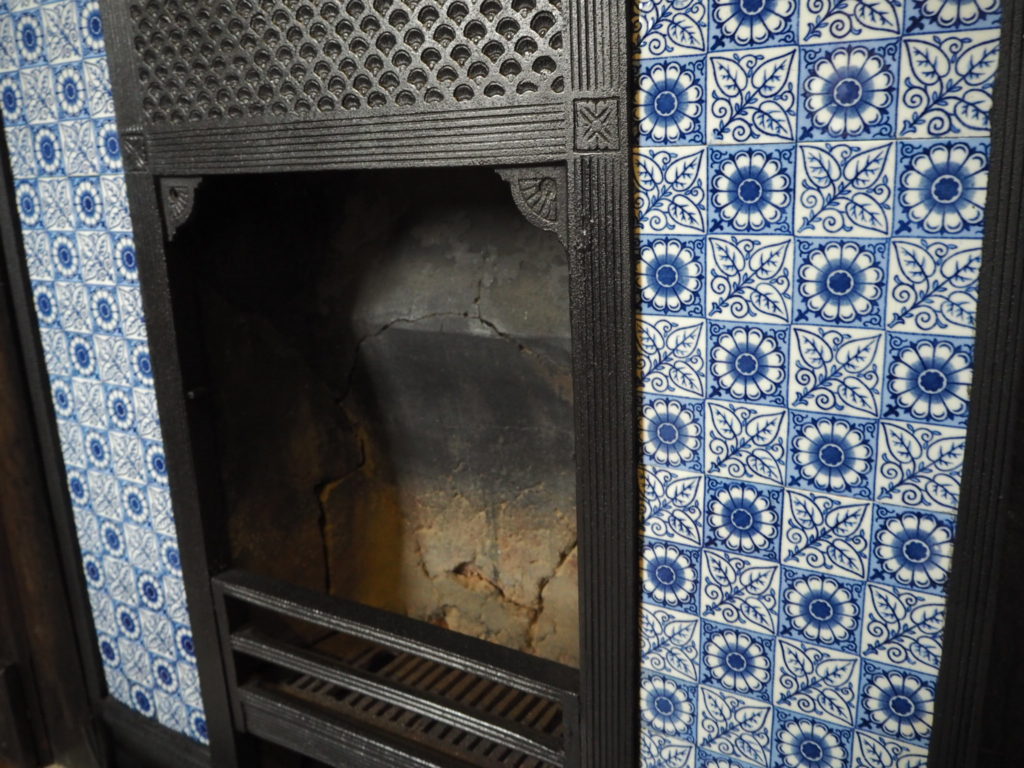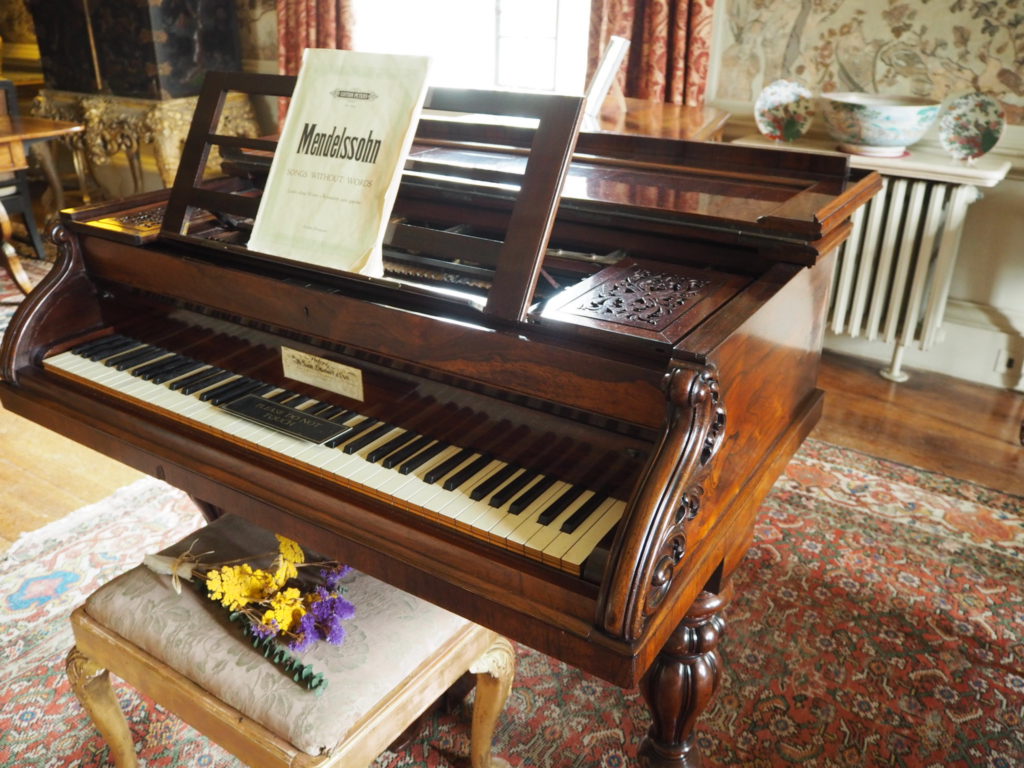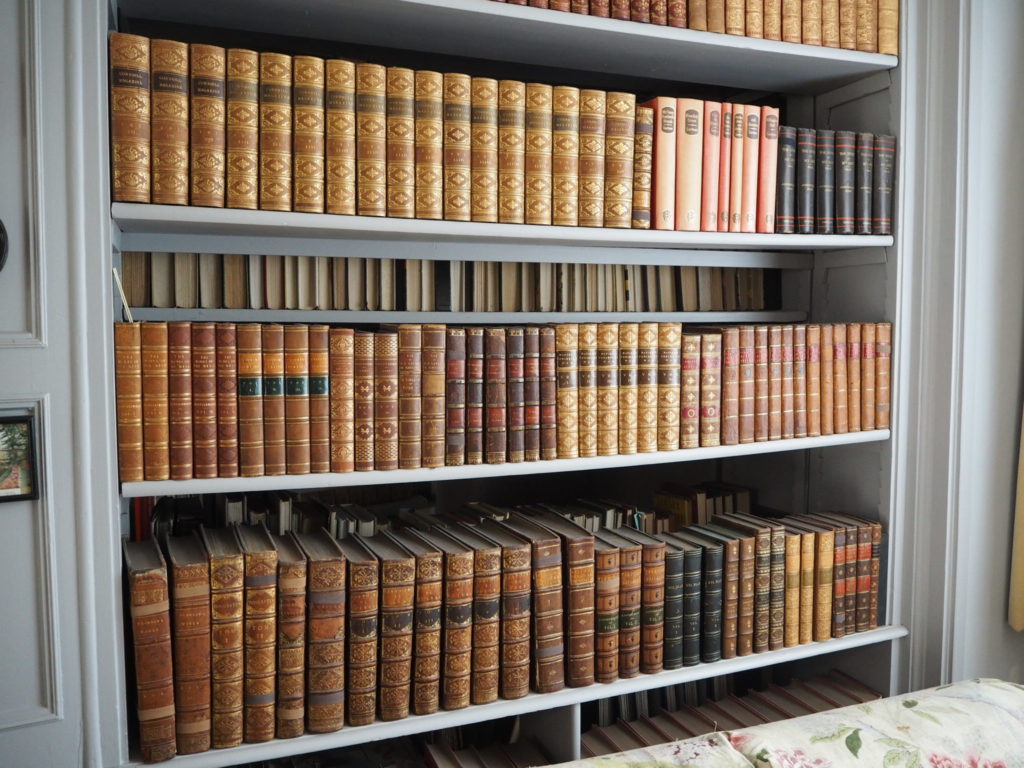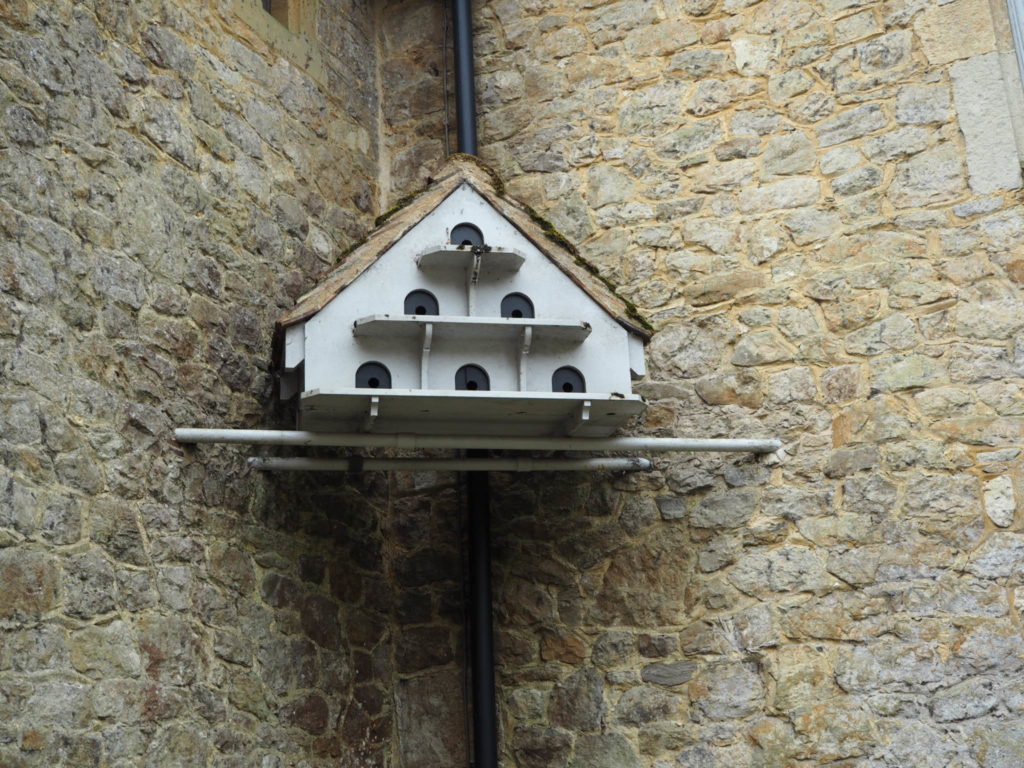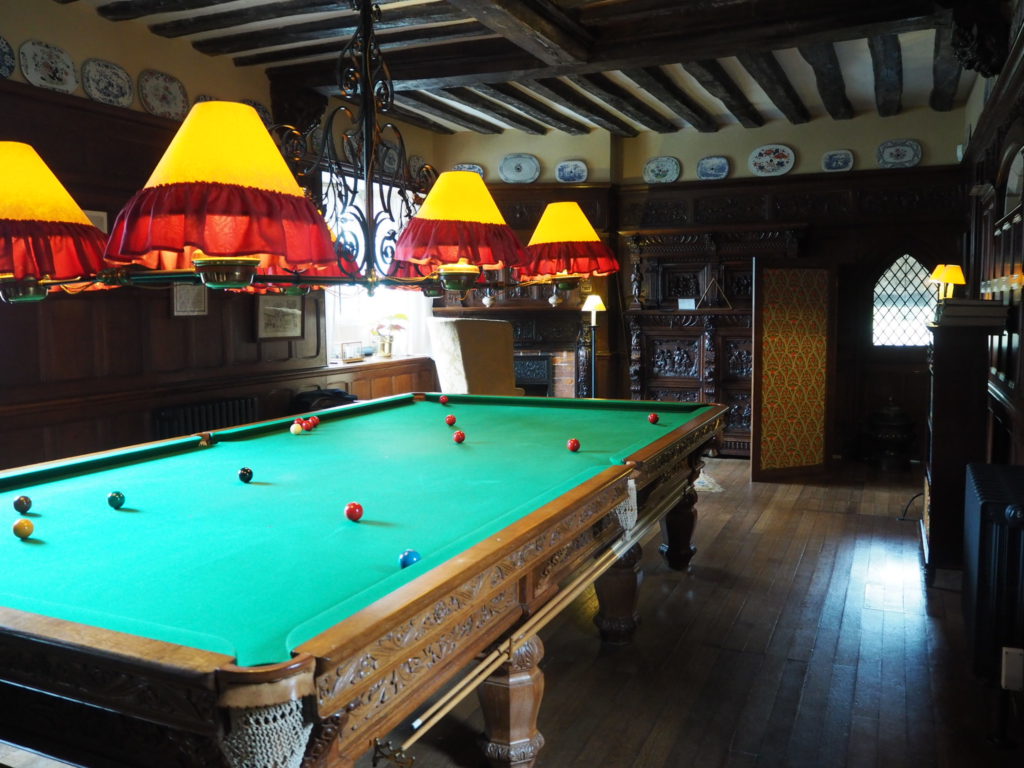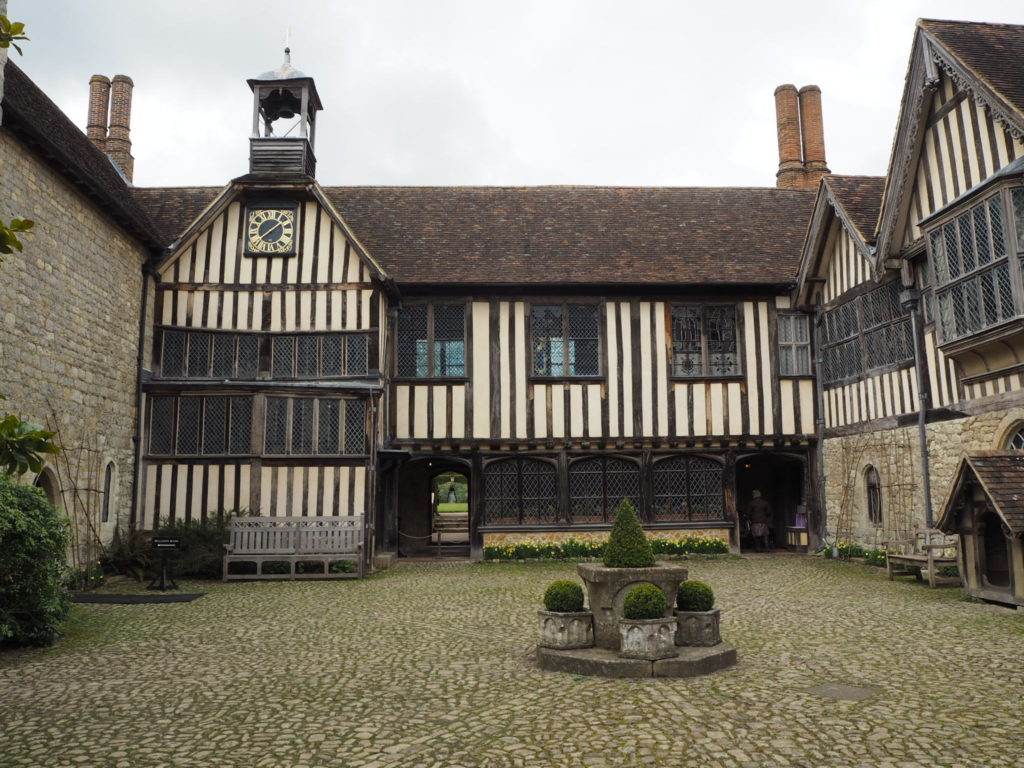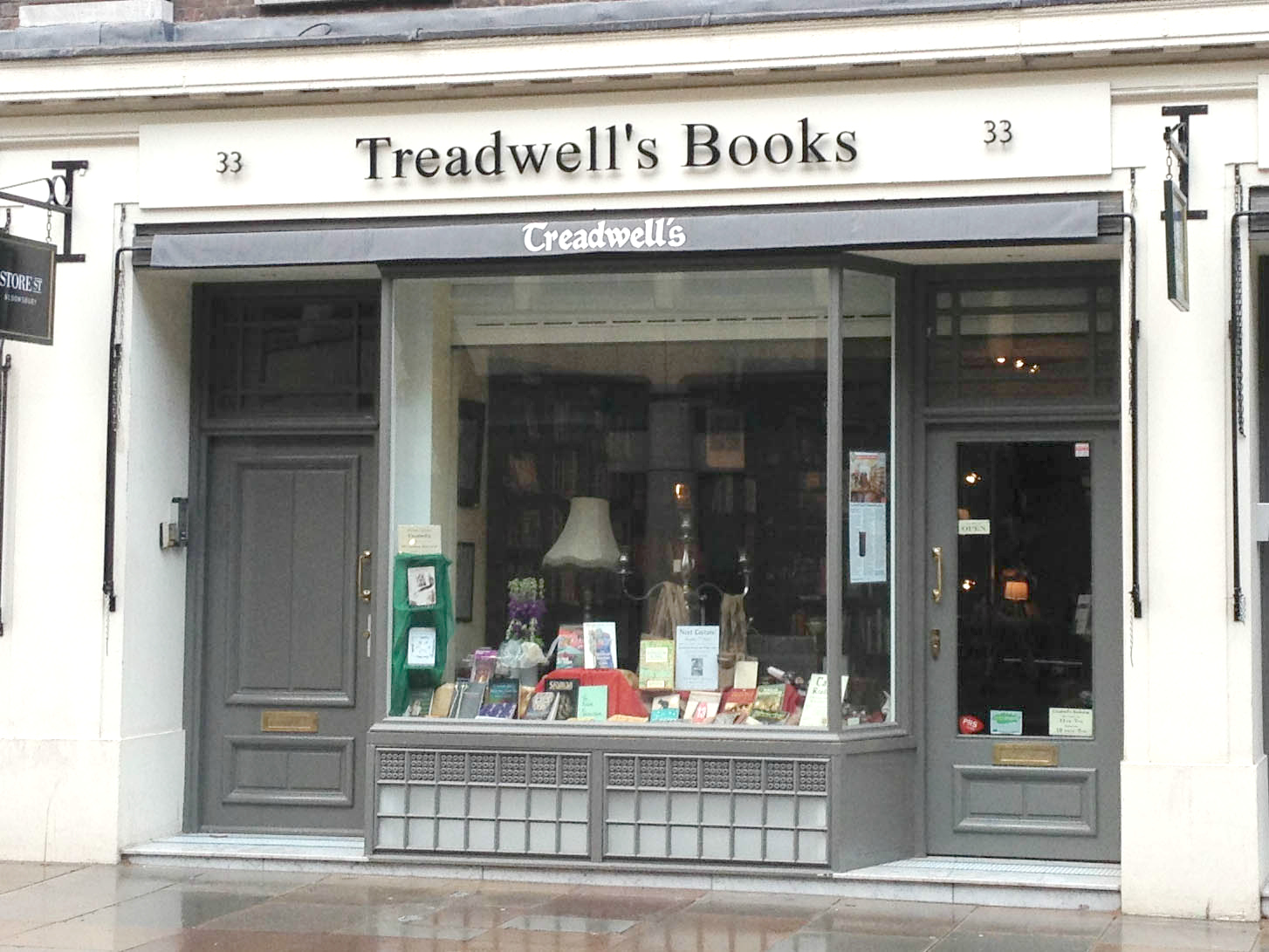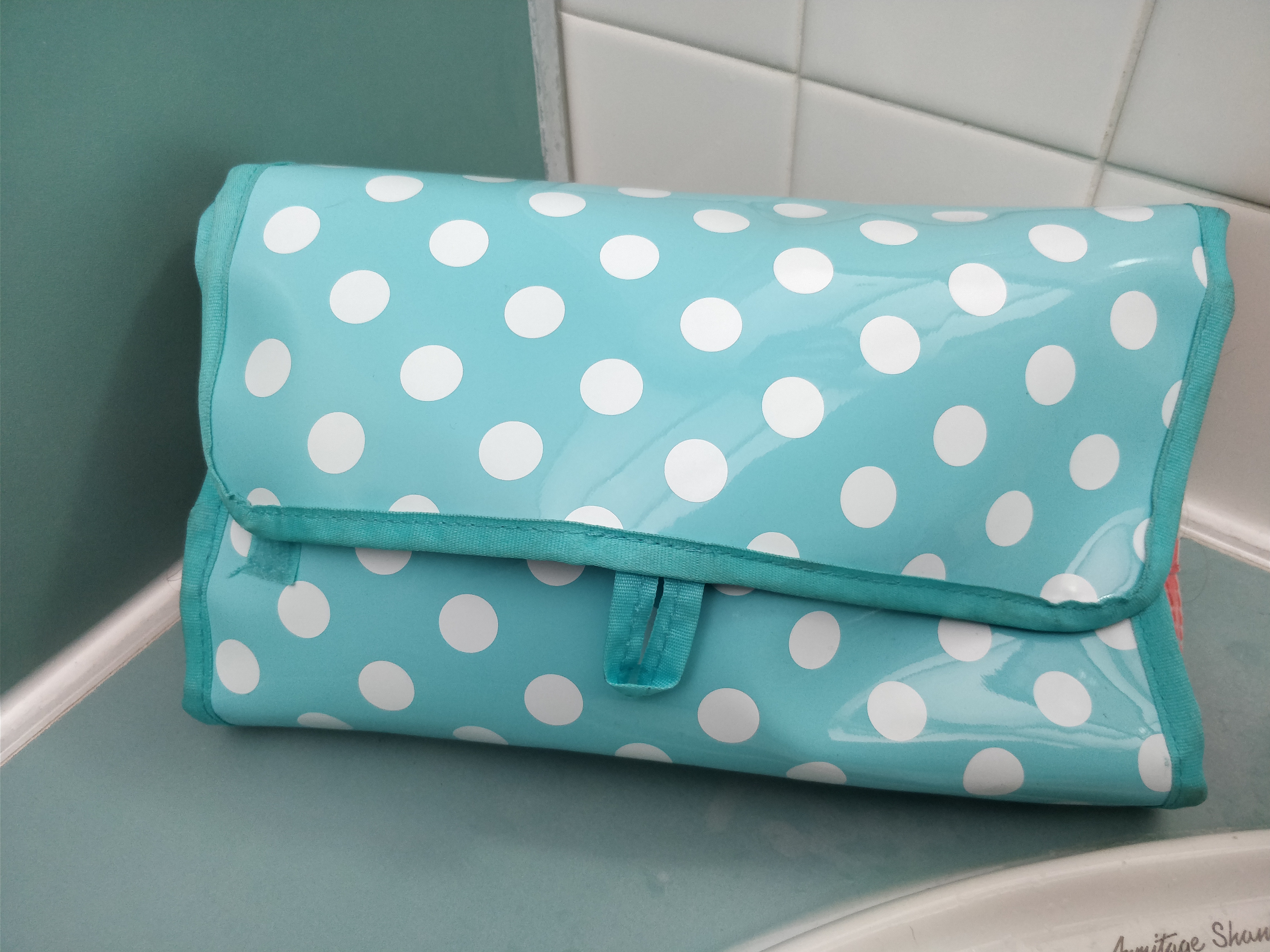Trip to Ightham Mote
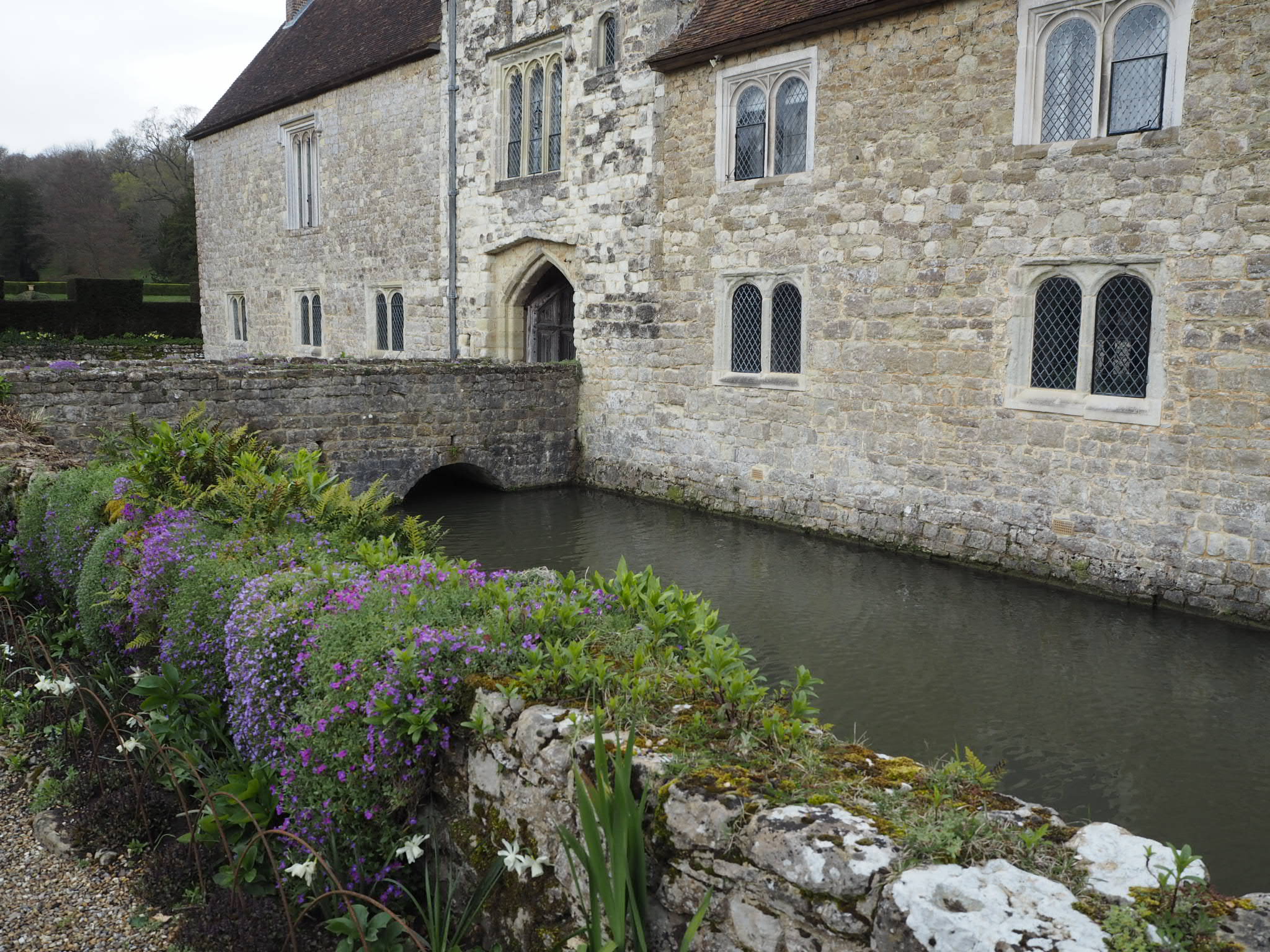
On a recently slightly grey day my husband, our friend Amelia and I took a trip to visit Ightham Mote – a Grade I listed medieval moated manor house close to the village of Ightham, near Sevenoaks. I am lucky enough to have been given a lifetime membership to the National Trust under whose care Ightham Mote resides and I have recently been trying to make time to visit as many of their locations as possible to better take advantage of my membership. I have actually visited a large number of National Trust properties when I was younger, so it’s really nice to be able to return as an adult for a different level of appreciation.
The moated manor house has a long and fascinating history starting in 1320 and it still retains some of its original features with many owners making few changes to the majority of the structure over the years after the 16th Century when a new Chapel was added to the central quadrangle courtyard which is the heart of the building. Ightham Mote has more than 70 rooms arranged around the courtyard and is surrounded by a moat complete with three bridges.
The oldest surviving part of the house is the Great Hall which was constructed in the 14th Century along with the Chapel, Crypt and two Solars (the family’s upstairs private living and sleeping quarters). The tower complete with battlements was constructed in the 15th century. These days very little of the building’s 14th century exterior is visible due to the rebuilding and refacing of the 15th and 16th centuries.
Some of the distinctive features of Ightham Mote include: the porter’s squint (a slot in the wall where visitors could hold their credentials aloft for examination before entrance was permitted), the open loggia and 15th Century gallery which connects the main house with the gatehouse range and (my personal favourite) the only Grade I listed dog house which was home to a St. Bernand named Dido in the 19th Century. I really love the beautiful tile work, stained glass windows and the wooden furniture all of which give the house real character.
The National Trust were left the building when the owner, Charles Henry Robinson, died and in 1989 they began an ambitious conservation project. Much of the building was dismantled so the construction methods could be studied before it was rebuilt. Where the stonework had become badly eroded stone masons made new blocks from Kentish ragstone by hand; bricks and tiles were handmade to perfectly match the colour, size and texture of the surviving originals. The old lime render was also closely analysed for colour and consistency, and both as far as possible were reproduced. The project came to an end in 2004 after revealing numerous fascinating examples of structural and ornamental features which had been covered up by later additions. It is estimated to have cost in excess of 10 million pounds!
Ightham Mote has amazing architecture, furniture and history to see and explore. I can certainly recommend it as a lovely day out for all the family.
